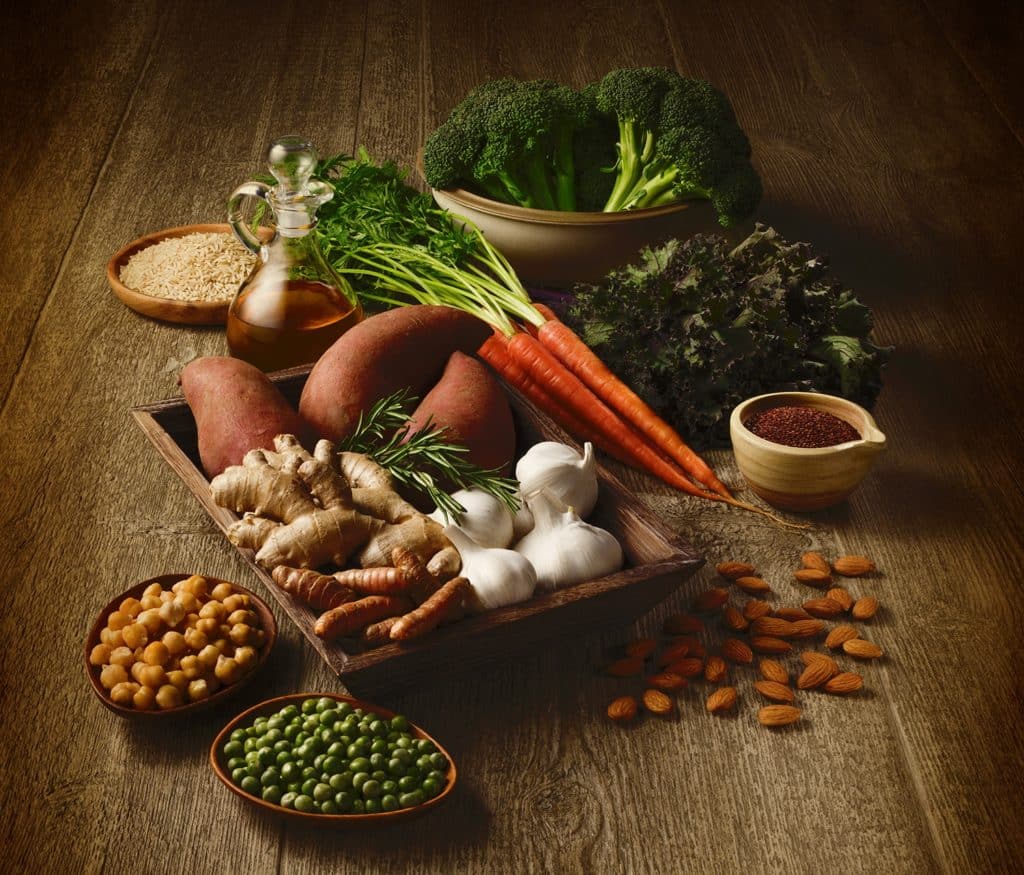This month is Gastroparesis month and it is unfortunately, a poorly understood condition affecting hundreds of thousands of individuals each year. Sometimes the symptoms are episodic, but often they are chronic. Essentially there is a prolonged delay of gastric emptying and it results in a myriad of issues that range from GERD (gastro esophageal reflux disease) bloating, nausea, and vomiting to constipation and additional lower GI abnormalities that can all be significant complications.
Why some individuals suffer from gastroparesis despite batteries of tests that all indicate normal neurological stimulation of stomach muscle contraction and pyloric sphincter relaxation remains a mystery. The one thing that is clear, however, is that food matters. The qualities of any given meal are critical when one closely reviews the scientific literature.
Avoiding those substances that can delay normal stomach emptying are axiomatic. Dairy, tomato sauces, chocolate, red meat, and eggs are all foods that require extensive upper GI/stomach digestion before the pyloric sphincter will release stomach contents further into the small intestine. Eliminating these foods as well as those others that are rich in saturated fat, favoring extra virgin olive oil and cold-pressed flaxseed oil is an excellent dietary intervention. Additionally, it is important for meals to be liquefied and/or blended thoroughly. A highly blended, low saturated fat meal is the best-tolerated by those with gastroparesis (1). It is not only important to favor the use of high quality cold pressed olive and flax oils, but to blend them with vegetable fibers from a variety of starchy root vegetables and green leafy types. This will create the optimal, naturally emulsified meal that can increase the likelihood of stomach clearance in shorter time.
The qualities of the proteins in the meal are also pivotal in determining digestive clearance. Common protein powders and ingredients such as casein, milk protein concentrates, and soy protein are more difficult to denature with average amounts of stomach hydrochloric acid. Protein from vegetables, rice and thoroughly cooked chickpeas or lentils then blended well, as well as whey protein is much more easily unraveled as long strands of amino acid sequences. This lends itself to better clearance from the stomach.
Many patients that suffer from gastroparesis are prescribed PPIs (proton pump inhibitors) that, unfortunately, make the condition more frequent and/or worse. Stomach acid is required for normal digestion and suppressing it creates less effective upper GI digestion, hence less stomach emptying. There are numerous theories surrounding the factors that predispose individuals to this condition. We suggest doing all that one can to eliminate the usual suspects: dairy, gluten, and soy, as well as other potentially aggravating foods that require more stomach acid or greater efforts by the stomach to digest them.
If enteral nutrition or an oral liquid diet is in line with a patient’s needs, Liquid Hope and Nourish are both free of almost all common allergens and have historically been very well tolerated by those with gastroparesis that have tried other formulas or meal replacements.
~ John Bagnulo MPH, PhD.
REFERENCES:
1. Homko CJ et al. Effect of dietary fat and food consistency on gastroparesis symptoms in patients with gastroparesis. Neurogastroenterol Motil. 2015 Apr;27(4):501-8.
